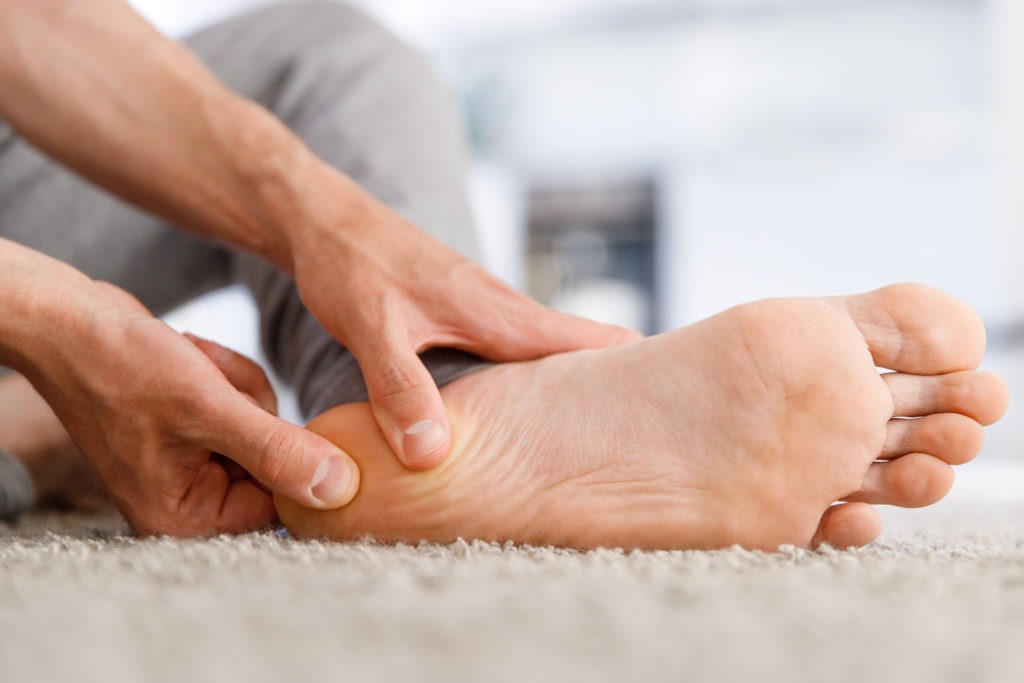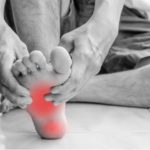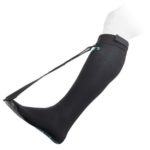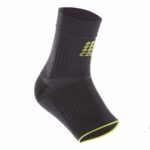Private insurance: Will they cover the cost of my device?
By Ryan Cochrane on July 22, 2020 in Health & Care
What is Private Insurance?
Alright you beautiful people, let’s talk Private insurance. Now I know BORING, but we receive hundreds of questions on the subject, so I will try to provide insight into what we have learned over the years.
For most people, private insurance means a payment comes off my paycheque, and the next time I go to the dentist it only costs me $20 instead of $100. The majority of places can direct bill for you, whereas, in our field, this is not always the case. Unfortunately, the larger private insurance companies decided that clinics like ours would no longer be allowed to direct bill as there are too many products to regulate. Over the last few years, we have discovered the ins and outs for most insurance companies (until they change their rules again). We can help you navigate your insurance, even though we are unable to directly bill them.
Most of the information providing to us is VERY general. We can advise you on what questions to ask your insurance company before proceeding with a device. This way you can be assured you are covered. Private Insurance companies very rarely allow us to talk to them directly to get the information needed regarding our patients, so you must call them to clarify your coverage.
Common Devices that are Covered: What information do they need?
- Foot Orthotics
- Usually, a new pair is covered every 1-2 years, ranging coverage between $200-$400.
- 2-page “PAID” invoice
- A prescription from your family physician
- Biomechanical assessment
- GAIT analysis
2. Compression socks
- Medical-grade compression is only covered, which means the pressure gradient has to be over 20 mmHg.
- For most Blue Cross plans the pressure gradient has to be over 30 mmHg (except Registered Nurses)
- The number of pairs covered per year varies greatly between all the companies
3. Custom & Non-Custom Bracing, & Prosthetics
- Most companies will pay a maximum of $500.00 at 80%.
- Must have a prescription with a diagnosis in order to claim it through your insurance
There of course are some insurances that only require a receipt, for example, ASEBP (Alberta Teacher’s Benefit). We do not know all the ins and outs so if all else fails give your insurance company a call.
Direct Billing
Most insurance companies require you, the patient, to pay for the device and then submit it to your insurance yourself. The only insurances at this present date that allow us to direct bill are:
- ARTA (retired teachers plan)
- Green Shield
- Veterans Affairs
- Chambers of Commerce
Websites of Common Insurance Companies
We understand that it is challenging to navigate through your insurance and can be downright discouraging. We are here to answer any of your questions to help you get your money back as easy as possible.
This is a lot of information and not exactly something you wanted to read, but if you have any questions, please do not hesitate to call the clinic. We are here to help no matter what it is regarding.



















Recent Comments